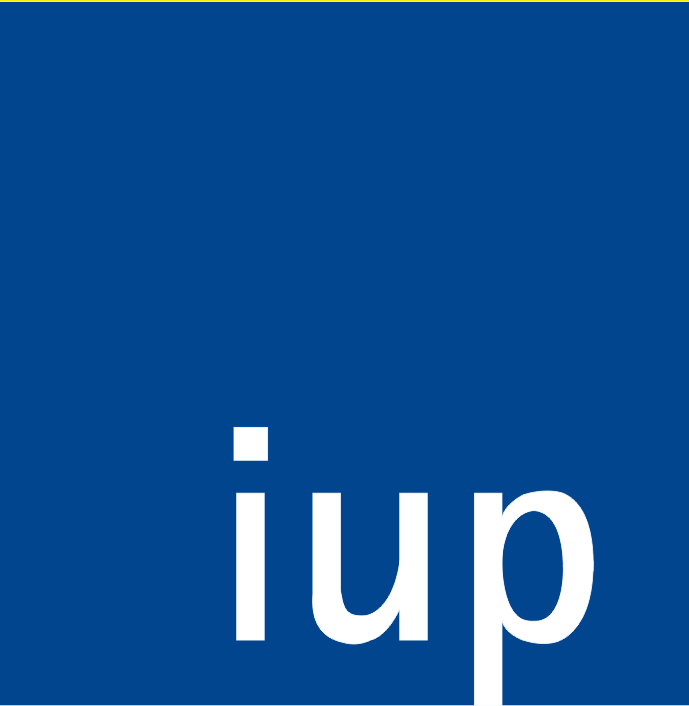@article{9caa782214ae4b2cac41ef4bb304189b,
title = "Governance models for nature-based solutions: Seventeen cases from Germany",
abstract = "Nature-based solutions (NBS) for mitigating climate change are gaining popularity. The number of NBS is increasing, but research gaps still exist at the governance level. The objectives of this paper are (i) to give an overview of the implemented NBS for flood risk management and mitigation in Germany, (ii) to identify governance models that are applied, and (iii) to explore the differences between these models. The results of a hierarchical clustering procedure and a qualitative analysis show that while no one-size-fits-all governance model exists, polycentricism is an important commonality between the projects. The study concludes by highlighting the need for further research on traditional governance model reconversion and paradigm changes. We expect the findings to identify what has worked in the past, as well as what is important for the implementation of NBS for flood risk management in future projects.",
keywords = "Financing instruments, Flood risk mitigation, Institutional structures, Polycentric governance, River Management, Stakeholder participation",
author = "Aude Zingraff-Hamed and Frank H{\"u}esker and Christian Albert and Mario Brillinger and Joshua Huang and Gerd Lupp and Sebastian Scheuer and Mareen Schl{\"a}tel and Barbara Schr{\"o}ter",
note = "Funding Information: This contribution is a result of the SmartNBS research task force between PHUSICOS research group of the Technical University of Munich, RECONECT research group of the Helmholtz Centre for Environmental Research Leipzig (UFZ), the Plansmart Junior Research group at Ruhr University Bochum, and Leibniz Centre for Agricultural Landscape Research (ZALF) in M{\"u}ncheberg. AZH, GL, and JH were funded by the project PHUSICOS that has received funding from the European Union{\textquoteright}s Horizon 2020 research and innovation program under grant agreement No 776681. FH was funded by the project RECONECT that has received funding from the European Union{\textquoteright}s Horizon 2020 research and innovation program under Grant Agreement No 776866. MB, MS, CA, and BS were funded by the German Federal Ministry for Education and Research (Bundesministerium f{\"u}r Bildung und Forschung - BMBF) through a grant for the PlanSmart research group (grant no: 01UU1601A and B) as part of the funding priority ”Social-Ecological Research” within the Research for Sustainability Program (FONA). SS was funded by the project CONNECTING NATURE funded by the Horizon 2020 Framework Programme of the European Union under Grant Agreement No 730222 and the project CLEARING HOUSE funded by the European Union{\textquoteright}s Horizon 2020 Research and Innovation Program under Grant Agreement No 821242. We thank all the data providers and external reviewers. We like to express sincere appreciation to all who contributed time, experience, and knowledge to support the development of this contribution. The authors especially like to thank the stakeholders who took time for responding to our questions. 3 Funding Information: This contribution is a result of the SmartNBS research task force between PHUSICOS research group of the Technical University of Munich, RECONECT research group of the Helmholtz Centre for Environmental Research Leipzig (UFZ), the Plansmart Junior Research group at Ruhr University Bochum, and Leibniz Centre for Agricultural Landscape Research (ZALF) in M?ncheberg. AZH, GL, and JH were funded by the project PHUSICOS that has received funding from the European Union?s Horizon 2020 research and innovation program under grant agreement No 776681. FH was funded by the project RECONECT that has received funding from the European Union?s Horizon 2020 research and innovation program under Grant Agreement No 776866. MB, MS, CA, and BS were funded by the German Federal Ministry for Education and Research (Bundesministerium f?r Bildung und Forschung - BMBF) through a grant for the PlanSmart research group (grant no: 01UU1601A and B)?as part of the funding priority??Social-Ecological Research??within the?Research for Sustainability Program (FONA3). SS was funded by the project CONNECTING NATURE funded by the Horizon 2020 Framework Programme of the European Union under Grant Agreement No 730222 and the project CLEARING HOUSE funded by the European Union?s Horizon 2020 Research and Innovation Program under Grant Agreement No 821242. We thank all the data providers and external reviewers. We like to express sincere appreciation to all who contributed time, experience, and knowledge to support the development of this contribution. The authors especially like to thank the stakeholders who took time for responding to our questions.",
year = "2021",
month = aug,
doi = "10.1007/s13280-020-01412-x",
language = "English",
volume = "50",
pages = "1610--1627",
journal = "AMBIO",
issn = "0044-7447",
publisher = "Allen Press Inc.",
number = "8",
}


